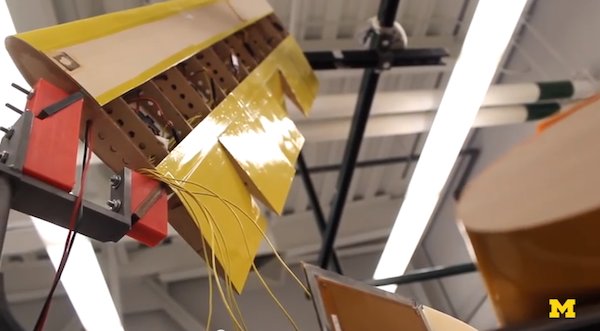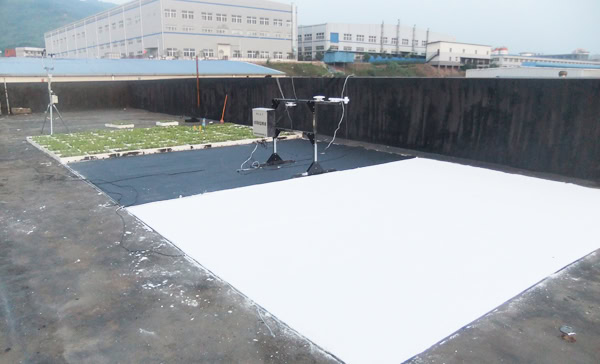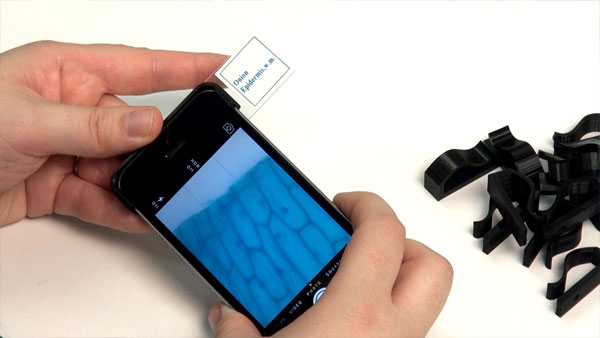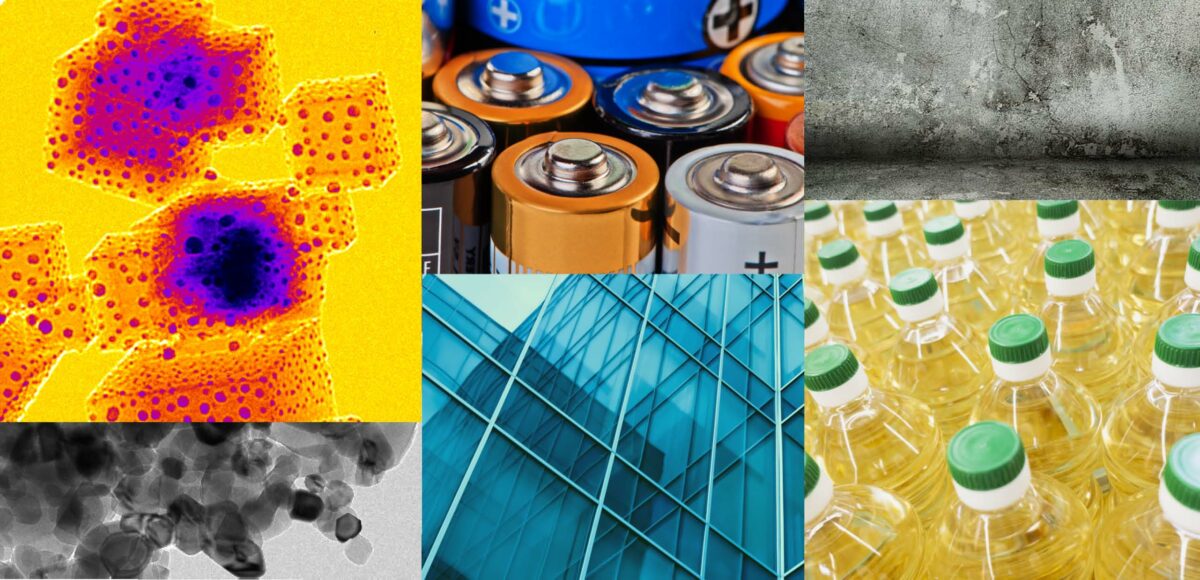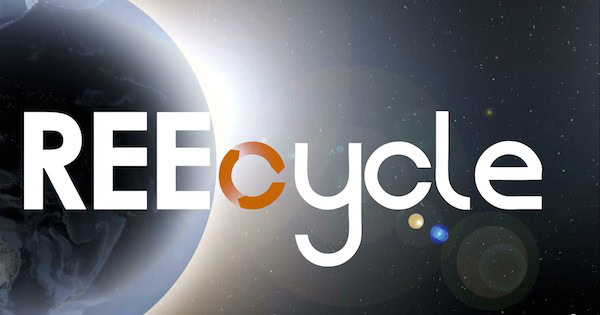Archive for 2014
Piezoelectric power on your flight and your chin
Piezoelectric materials are finding their way into some interesting energy-independent devices, including a chinstrap that collects energy from chewing and aircraft wings that morph for airplane agility.
Read MorePhase-change materials and correlated oxides gain ground on silicon for top spot in future electronics
Silicon has long reigned supreme in electronics. But the wonder material is quickly approaching its limit in devices that long to be smaller, run faster, and do more—so new emerging materials are quickly entering the race to replace silicon.
Read MoreNews from the glass and refractory ceramics world
News from the glass and refractory ceramics world.
Read MoreCool roofs in not-so-cool China equal energy, emissions savings
Scientists from the Lawrence Berkley National Laboratory have previously established that cool roofs are the most cost-effective option for your pocketbook. Now, a group from the lab, working with Chinese researchers, has shown that the use of light-colored roofs in China would “substantially” reduce energy use and greenhouse gas emissions in regions where summer temps soar.
Read MoreGlass spheres form powerful and inexpensive cell phone microscope you can 3D print at home
A Pacific Northwest National Laboratory team has developed a method that marries glass beads and 3D printing to transform your smart (or dumb) phone into a portable high-powered, high-quality microscope.
Read MoreCeramics and glass business news of the week
Ceramics and glass business news of the week for September 26, 2014.
Read MoreSintered hydroxyapatite pellets may be suitable stand-in for bone
Researchers from Murdoch University in Australia show that hydroxyapatite pellets, sintered at just the right temperature to get a balance between porosity and strength, can be a suitable material for bone implants.
Read MoreOther materials stories that may be of interest
Other materials stories that may be of interest for September 24, 2014.
Read MoreREEcycle develops economically viable recycling of rare earths
A student team from the University of Houston is working to help supply the United States’ own rare earth stream by commercializing a novel and proprietary method to recycle rare earths neodymium and dysprosium from waste electronics.
Read MoreNews from the glass and refractory ceramics world
News from the glass and refractory ceramics world.
Read More